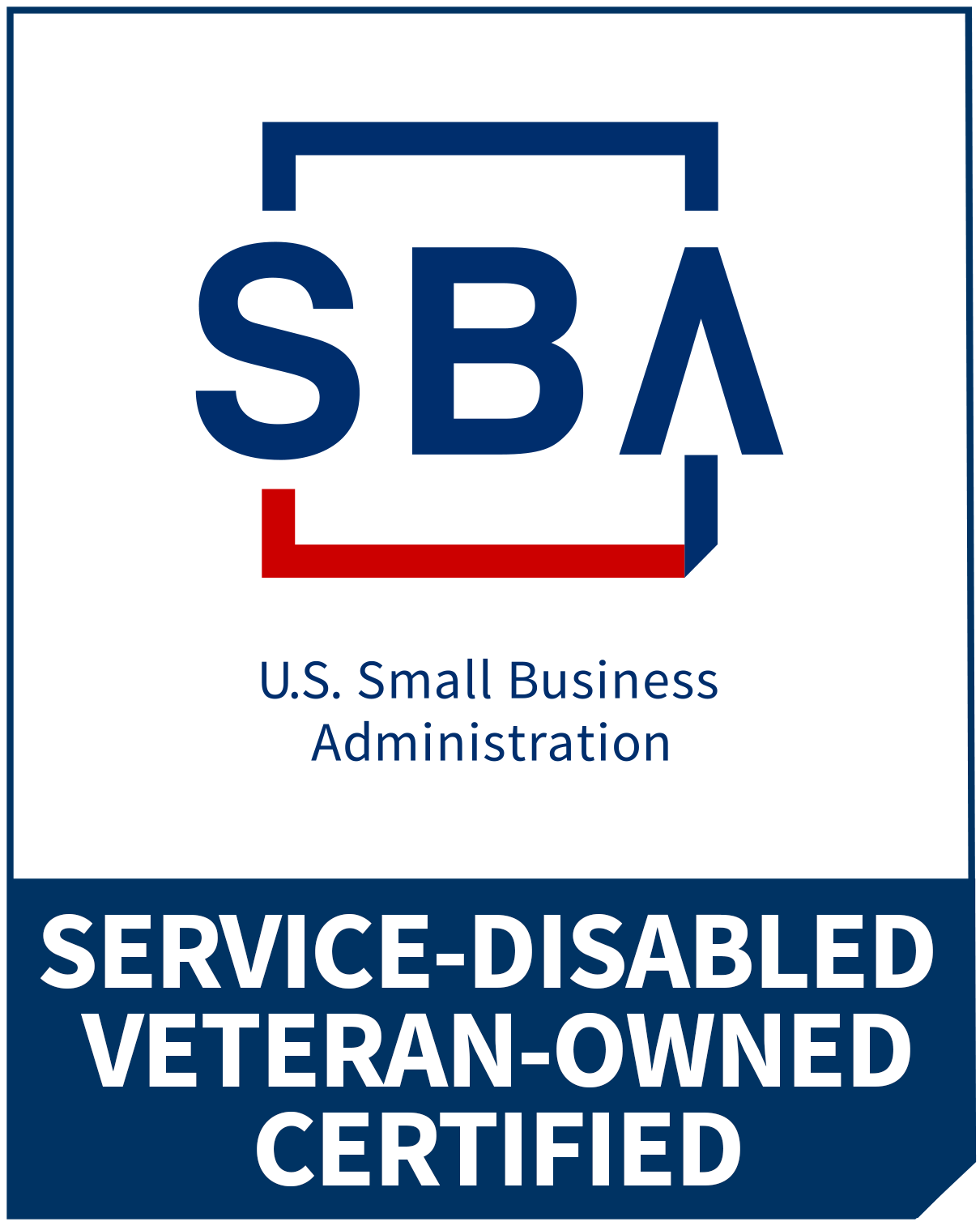If you read much of what I write, you’re aware that one of the best sources of Customer insights and the one I most frequently recommend is Walking in the Customer’s Shoes. It’s one of the best—if not the best—way for you to understand what your Customers go through when they interact with your brand and your processes. It can be tricky sometimes to get out of your own head (you understand, from the back end, after all, how your systems work, so that perspective is hard to shed completely), but getting out there and experiencing things the same way your Customers do is invaluable.
It occurred to me the other day how important it can be to view things through the eyes of your competitors’ Customers as well. Check it out:
I was at my car dealership recently getting some routine maintenance done, covered by my service plan. Everybody there was nice and the experience was fine. But that’s it…it was just fine.
I should mention that mine is a luxury car. Yea, yea…I’m a real big shot. But seriously, that’s actually an important part of the story. There was nothing about that experience that would lead me to believe—if I hadn’t already shelled out so much to buy the car in the first place—that this was a brand that was trying to put forth the impression of luxury. The waiting area was pretty standard for a car dealership, the greeting I received was pretty lame, they didn’t have any sort of high-end refreshments or amenities (and charged, if you can believe it, for what they did offer…coffee and such). Nothing really spoke to a luxury brand experience.
One thing that was cool…as I drove in, somewhere a camera must have taken a scan of my license plate, because up on a screen inside the bay, my name popped up welcoming me. Okay, that was a nice touch. But as I sat at the desk with my advisor waiting for my loaner to be brought around, and the door to the garage kept opening and closing, letting in freezing blasts of air (each of the advisors huddled at a desk in a heavy coat while Customers similarly shivered), I considered what an actual luxury experience may look like:
As you pull up, in anticipation of your arrival (it’s an appointment-based thing, after all), your loaner is already waiting and warmed up for you. When you pull into the bay, an advisor is waiting right there, greets you as you exit your car. He’s carrying the iPad that I use to sign my name on the loaner agreement and as we walk five feet across to the next bay over where my loaner is waiting for me, he hands me the keys to it as I hand him the keys to my car. Done. There’s no need to go inside or double-check anything or for me to show him all my insurance information (they have that on file or we’ve taken care of it already ahead of time online when I made my appointment) or verify all my credit card information (there’s not going to be a charge for anything today anyway since it’s all covered in my service plan). Every single one of these things could happen. But they don’t because the thought of what a luxury experience is probably doesn’t occur to the manager of the service department.
A lot of this came to mind as I was driving away in my loaner. See, this dealership is in a “neighborhood” of lots of other dealerships. You likely know that area of town where you live as well. Any day, the department manager could (and should!) walk into any other dealership around and observe what the experience is there. Especially he should check out the experience in service departments of non-luxury dealerships. Why? To see where he’s not cutting it. If I were advising him, I’d suggest he go to any of the run-of-the-mill dealerships and witness how similar the experience is to his own service department. Anything he sees at one of those dealerships that he wouldn’t associate with a luxury experience should be noted and he should come up with ways to make his own experience more luxurious.
And that got me thinking: Regardless of the goods or services you offer, and regardless of your Brand Promise: You should walk not only in your own Customers’ shoes, but also in the shoes of the Customers of your rivals. And you should pay close attention to the ways in which you are or are not delivering on your Brand Promise as compared to them.
If, for example, yours is the ease-of-use brand, check out your competitors…especially those who have a different Brand Promise. Don’t be surprised if the ease-of-use of your peer who’s more dedicated to, say, cost-savings doesn’t rise to your own standards. That’s how it’s supposed to be. But, as you walk through that experience over there, check out ways in which that competitor does make things easy…you may be missing opportunities in how you deliver your own Brand Promise that you otherwise may overlook because you’re so concentrated on your own work. Maybe that different venue will offer you fresher insights into how you can do better back at your own.




